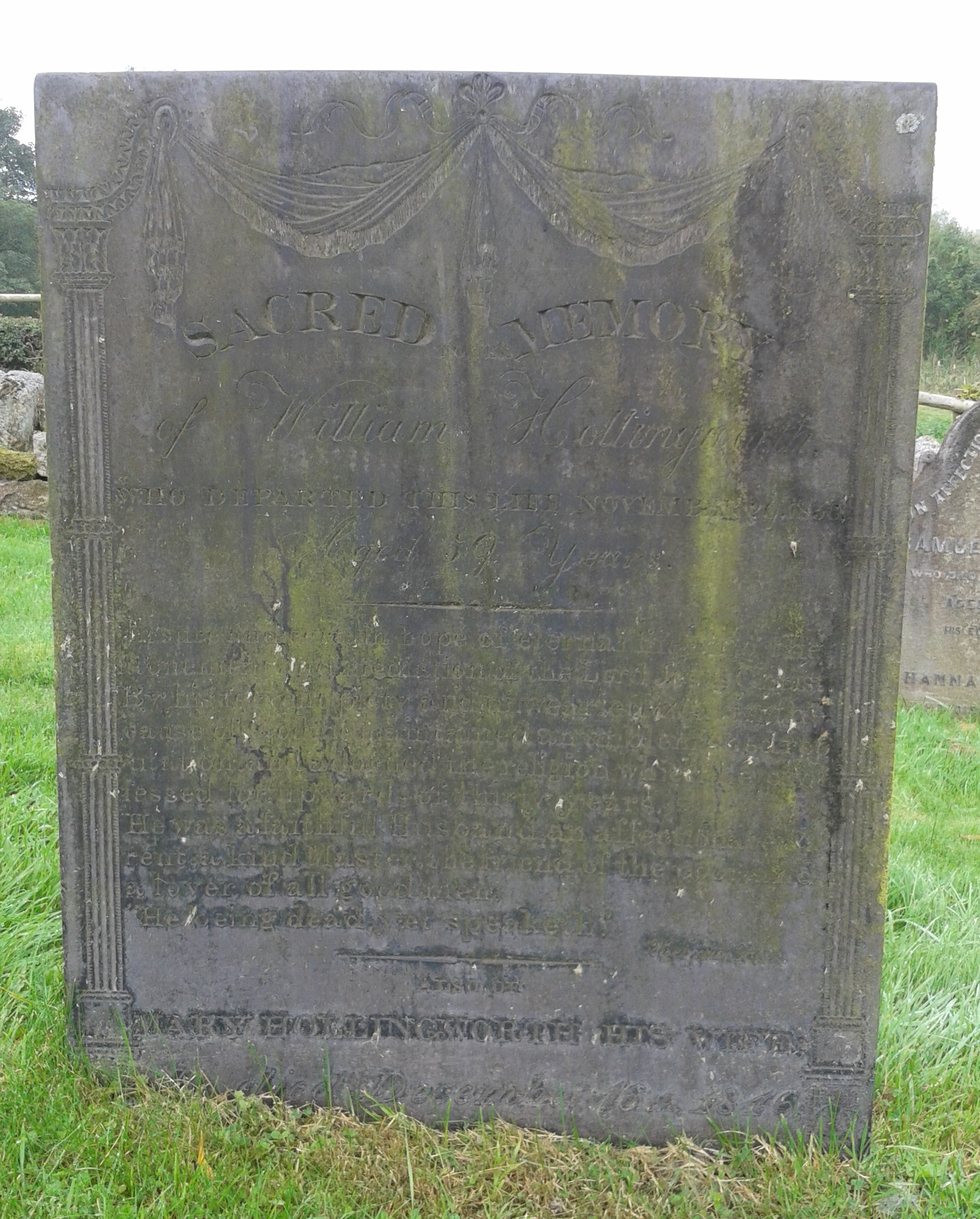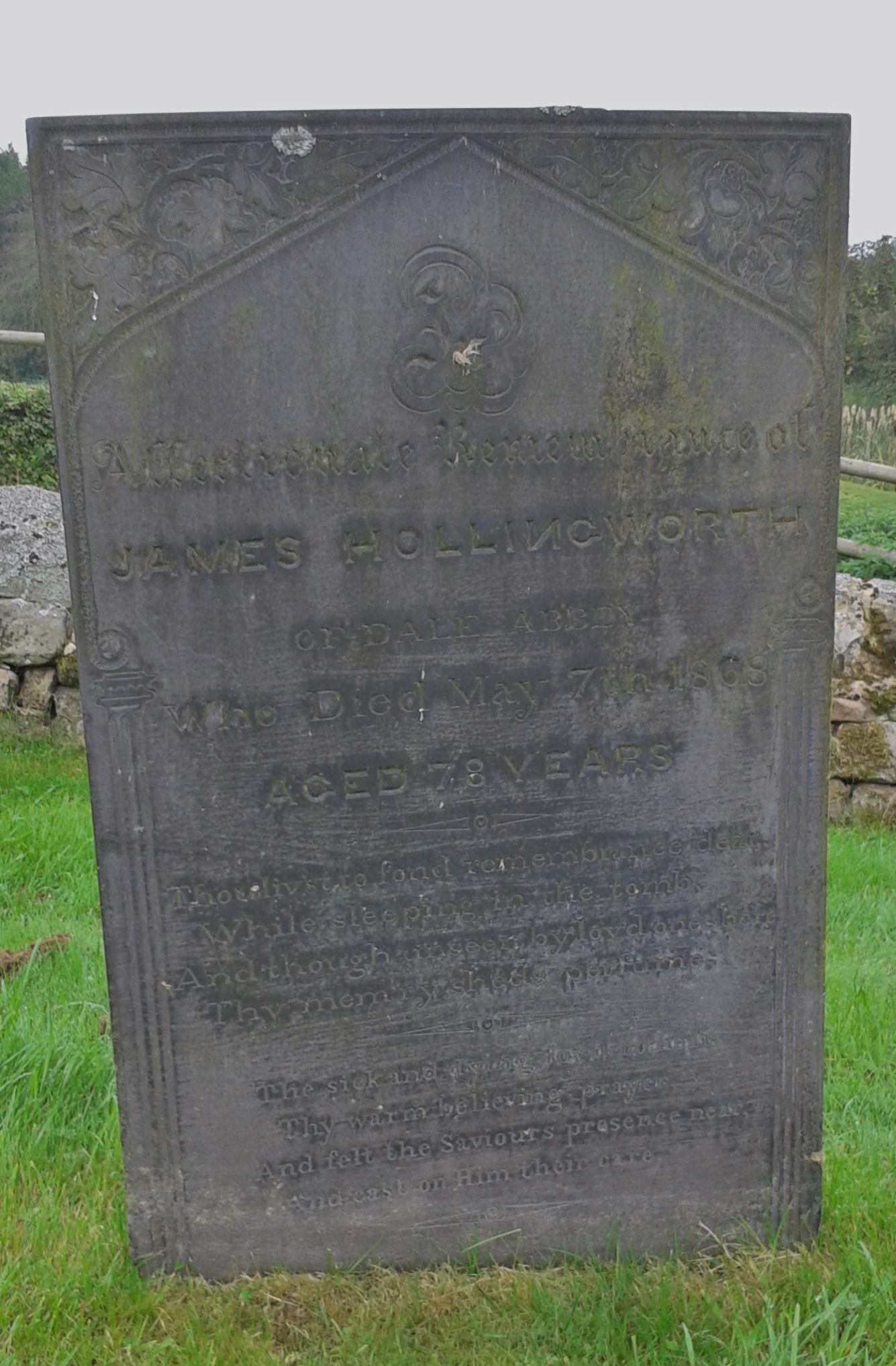Dale Church controversy ?
“There is a village in Derbyshire which has, or ought to have, quite a special interest for certain of our temperance reformers. It is only a poor little hamlet beyond the hail of railways, lamp-posts and evening papers; but none the less a curious and notable experiment was once tried there. It is the only place in England where a practical sttempt has ever yet been made to ‘run’ together a church and a public-house. The experiment, it must be confessed, was not tried in the interests of temperance, nor with any view to finding a solution of the drink problem; indeed, it is more than possible that the United Kingdom Alliance, if there had been such an institution at the time, would have disapproved of the thing altogether. From a social view, however, these facts do not detract from its importance one iota.
“Until within comparatively recent days, the church at Dale had the village public-house completely under its wing. Not only did the two stand side by side, with only a thin partition between them, but the same roof sheltered them both. The inn was, in fact, simply an appendage of the church; and there was a door opening straight from the chancel into the publican’s bar, which place, indeed, was used regularly as a vestry. There are men and women alive today who can well remember the time when it was no unusual occurence for the church service on a Sunday morning to be brought to a sudden standstill, because the officiating rector or curate, as the case might be, was thirsty. He would calmly make his way into the vestry, alias the bar, drink off his glass, and return to his work, wiping his lips as he did so.
“As time passed, it seems, the Dalers began to resent this proceeding on the part of their pastor. Perhaps they felt that he had them at an unfair advantage; for the outer door of the inn was barred during church-time, and they, of course, were not allowed to pass through the chancel. Be this as it may, scenes were made and scandals followed,muntil at length the Bishop was obliged to interfere, and insist on the doors between the chancel and the bar-parlour being walled up. Then, naturally enough, doubts arose in the mind of the pastor as to whether, after all, it was quite seemly for the church to have a drinking shop at such very close quarters; and after some little delay, the public was evicted in favour of the sexton. Thus the experiment must be claimed as a failure.
“This Dale church is in itself a curiosity. It is one of the smallest — if not the smallest — churches in the kingdom,,anhd it is in possession of the largest chalise. It has a bishop, too, all to itself, although only a lay one; and it keeps always ready for his use a throne in the form of a shaky-legged old wooden stool, which some rustic or other has evidently been allowed to decorate according to his own fancy. The present lay-bishop of Dale is the Earl of Stanhope. Then there is not a single thing about the church that stands straight; walls, doors, font, pew-stalls, gallery props, all lean either to the one side or the other. When the place was built — early in the fourteenth century — it was not intended to be a church, but to serve as a hospice to the great abbey at the door of which it stood. This monastery, if tradition is to be relied upon, owed its existence to a baker who had a vision, and then straight-way retired into a cave, which is still to be seen only a stone’s throw away from the church. There he passed his days praying that someone or other might be found who would build an abbey according to a certain plan on which he had set his heart. His prayers were answered; the abbey was built and a very beautiful place it must have been, if one may judge by the arch that is still standing. It was not until the abbey had fallen into decay that its hospice became the Dale parish church”.
(Pall Mall Gazette: December 23rd, 1895)
The rather indignant Rev. W Fox, Rector of Stanton-by-Dale and Chaplain of Dale, wrote a week later to the Gazette, informing the magazine that it had been ‘a good deal misinformed‘ and went on to list the errors made in the article.
“The license was withdrawn from the public-house which adjoined the church at Dale in the year 1827, so that it can hardly be said with truth that “until comparatively recent days the church at Dale had the village public-house under its wing.
“It is the west end of the church which adjoins the house, and as the chancel is at the east end of the church the story of the clergyman being able to slip in and out through the supposed door falls to the ground.
“Then as to this supposed door. There certainly has been a door at some early date between the church and the house, but whether it existed while the house was a public-house is, to say the least, very doubtful. The present clerk (who lives in the house) is over 70 years old: he has known the house all his life and he tells me that the door-place between his house and the church, which is now bricked up, has never been opened in his time, and his grandfather had told him that he had never known it to be open.
“With regard to the so-called Bishop’s throne, I have the letter in my possession written by Philip, Earl of Stanhope, in which he tells one of his Dale tenants that he is sending a chair from Chevening which he had provided for the church at Dale, and asking him to bring it up from the Canal wharf at Sandiacre. This was in the year 1824. The chair is in very good state of preservation, and can hardly even by a great stretch of imagination be called a “shaky-legged wooden stool”.
——————————————————————————————————
Through the gate and walking along the path towards All Saints Church, on the right is a clutch of Hollingworth graves.
Grave No 1. William, the oldest brother of Benjamin, and his wife Mary nee Snape
Sacred to the memory of William Hollingworth who departed this life November 29th 1836 aged 59 years.
In sure and certain hope of eternal life thro the atonement of the Lord Jesus Christ by his fervent piety and unwearied zeal in the cause of God he maintained an unblemished reputation and adorns the religion on which he professed for upwards of thirty years. He was a faithful husband an affectionate parent a kind master the friend of the poor and a lover of all good men.
He being dead yet speaketh. Hebrews XI 4.
Also Mary Hollingworth his wife who died December 16th 1846 aged 65 years
Grave No 2. bachelor Joseph, a younger brother of Benjamin
In affectionate remembrance of James Hollingworth of Dale Abbey who died May 7th 1868 aged 78 years.
Thou livs’t to fond remembrance dear,
While sleeping in the tomb,
And though unseen by lov’d ones here,
Thy memory sheds perfume.
The sick and dying lov’d to hear
Thy warm believing prayer,
And felt the Saviours presence near,
And cast on Him their care.
Grave No 3. James and Mary Hollingworth of Spondon Moor, and son Owen
James was a nephew of Benjamin, and the youngest son of Samuel and Elizabeth nee Winrow.
Mary was born Mary Smith, daughter of William and Hannah; she married James in 1850.
In loving memory of James Hollingworth of Spondon Moor who died March 19 1883 aged 56 years.
Also Mary his wife who died Oct 19 1883 aged 54 years.
Also Owen son of the above who died Aug 29 1866 aged 1 year & 7 months.
In the midst of life we are in death.
Grave No 4. William and Ellen Hollingworth
William was a nephew of Benjamin, and son of William and Mary nee Snape.
Ellen was born Ellen Frost, (daughter of John and Margaret (nee Statham)?); she married William in 1840
In affectionate remembrance of William Hollingworth of Dale Abbey who died October 15th 1874 aged 61 years.
Wherefore he is able also to save them to the uttermost that come unto God by him seeing he ever liveth to make intercession for them. Heb 7c 25v.
Also of Ellen wife of the above who died November 1st 1895 aged 78 years.
Yea saith the spirit that they may rest from their labours and their works do follow them.
Grave No 5. Ann Hollingworth nee Porter and husband William, grandnephew of Benjamin
William was the older son of William and Ellen Hollingworth
In loving memory of Ann wife of William Hollingworth of The Grove Stanton by Dale who died Nov 19th 1889 aged 45 years. Thy will be done.Also of the above William Hollingworth at rest June 26th 1910 aged 68 years
Grave No 6. Thomas Henry Hollingworth, son of Ann and William (above)
In loving memory of Thomas Henry the beloved son of William and Ann Hollingworth born June 2nd 1881 died March 15th 1886.
Suffer little children to come unto me
——————————————————————————————————
Across the central path, on the left-hand side of the graveyard, two Hollingworth graves can be found.
Grave No 7. John Hollingworth of the Carpenters Arms
John was a nephew of Benjamin, and the oldest son of Samuel and Elizabeth nee Winrow
In affectionate remembrance of John Hollingworth of Dale Abbey who died April 18th 1876 aged 64 years.
Thou, Lord, art good and ready to forgive; and plenteous in mercy unto all them that call upon thee. Psalm LXXXVI 5v
Grave No 8. Rachel Hollingworth, only child of John and Hannah nee Wright
In loving memory of Rachel daughter of John and Hannah Hollingworth who died November 26th 1871 in the 18th year of her age.
The lord gave and the Lord hath taken away, Blessed be the name of the Lord
——————————————————————————————————————————————
And now we leave behind the Beardsleys, Birchs and Hollingworths, and can continue our journey along South Street, towards the Market Place, but take a detour into Weaver Row










